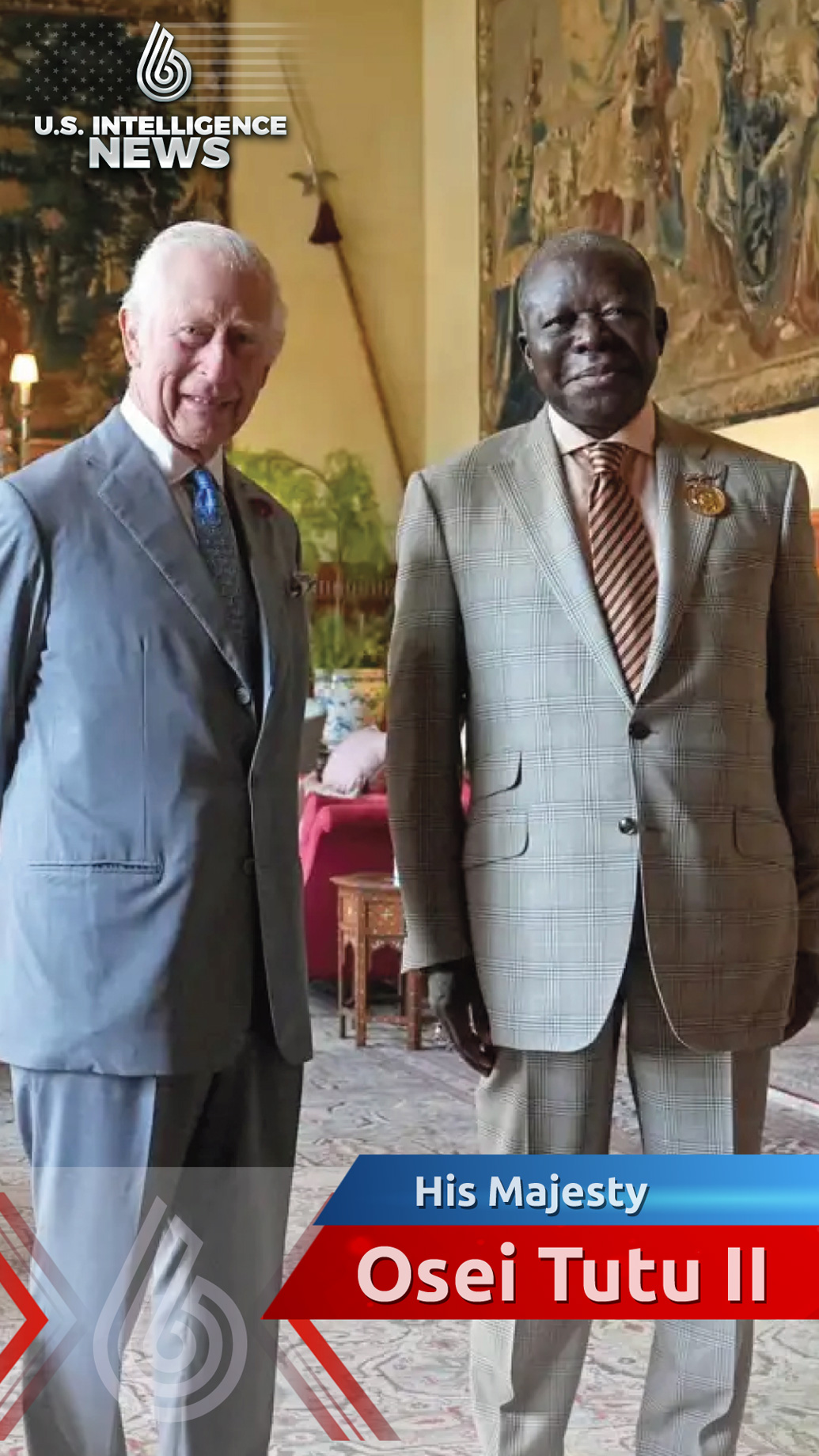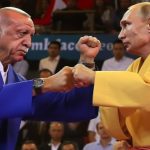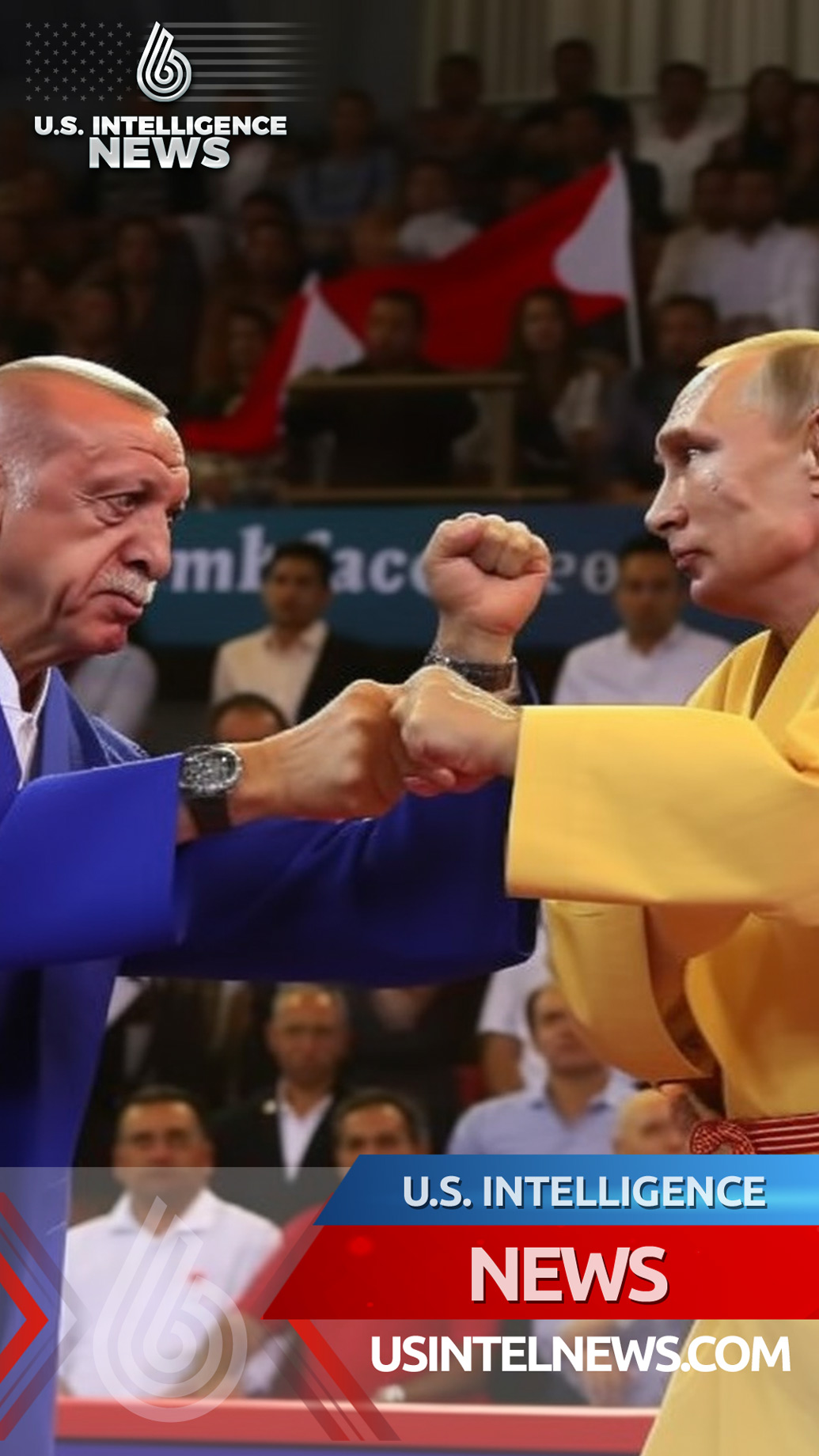
Ghana Artefacts
Imperialism’s Legacy
The American public is only beginning to grasp the profound implications of historical imperialism. The international community must now address the pressing need for the restitution of cultural artifacts pilfered from the Ashanti Kingdom. It is essential to convene a high-level global summit with world leaders to develop new legal frameworks for the repatriation of these treasures. The era of leniency has ended. The continued possession of stolen Ashanti artifacts by foreign entities, long after their initial appropriation, is wholly unacceptable. The international community can no longer overlook the flagrant violation of laws concerning the return of cultural property.
Ashanti Treasures
Despite the general public’s limited awareness, historical imperialism remains one of the most pressing global issues of our time. It is appropriate for Americans to view the seizure of cultural artifacts as a form of theft. Recently, Ghana achieved a partial victory with the return of artifacts considered the nation’s “crown jewels,” which had been seized by British forces 150 years prior. Although this return marked a significant milestone, it is merely a preliminary step rather than a comprehensive resolution. The ongoing retention of the remaining treasures by foreign entities represents a blatant disregard for historical justice.
Ashanti Heritage
His Majesty, Otumfuo Osei Tutu II, the 16th Asantahene, emphasized the profound significance of the returned items, stating that they represent the very soul of the Ashanti people. These artifacts, which were stolen and looted, are now displayed to reaffirm their importance to the people of Ashanti. Otumfuo Osei Tutu II is the direct successor to the 17th-century founder of the Ashanti Empire, Otumfuo Osei Tutu I, and serves as the Chancellor of the Kwame Nkrumah University of Science and Technology.
Stolen Artifacts
The international community must urgently convene a high-level conference to hold world leaders accountable and force the creation of robust legal standards for the restitution of stolen cultural artifacts. The era of half-measures and empty promises is over. The 32 artifacts returned by the United Kingdom, after prolonged negotiations, were displayed at the Manhyia Palace Museum in Kumasi as a token gesture. This does not erase the centuries of theft and exploitation.
Global Pressure
The Victoria and Albert Museum’s acknowledgment of the violent history behind these acquisitions is a start, but words alone are insufficient. European and American institutions are increasingly facing demands to return stolen African artifacts, and similar efforts are intensifying in Benin and Nigeria. The Ashanti treasures symbolize the deep colonial injustices and the relentless pursuit of reparative justice.
Cultural Restitution
It is essential to recognize the profound significance the Ashanti people attach to the restitution of their sacred artifacts, which they believe embody the very essence of their nation. This aspect of their cultural heritage is not fully appreciated by the American public, who may lack awareness of the deep emotional and spiritual value these objects hold. Historically, the British characterized the series of military engagements with the Ashanti as the Ashanti Wars, a term underscoring the violence and exploitation that accompanied British imperial expansion. As imperialism becomes increasingly viewed as an anachronism, it is imperative for nations to confront and rectify their colonial legacies. The period of cultural appropriation and subjugation must be decisively addressed. The return of these significant artifacts and cultural assets to the Ashanti Kingdom, alongside other communities similarly affected by colonial exploitation, is not merely a matter of restitution but a necessary step toward historical redress and reconciliation.
Crown Jewels
Who is the Ashanti King?
The Ashanti King, known as the Asantahene, is the traditional ruler of the Ashanti people. The current Asantahene is His Majesty Otumfuo Osei Tutu II, who is the 16th Asantahene and the direct successor to the founder of the Ashanti Empire, Otumfuo Osei Tutu I.
What is the significance of the returned Ashanti artifacts?
The returned Ashanti artifacts are considered to represent the very soul of the Ashanti people. They hold profound cultural, spiritual, and historical significance, symbolizing the heritage and identity of the Ashanti nation.
Why is there a need for a global summit on artifact restitution?
A global summit is necessary to develop new legal frameworks and international agreements for the restitution of cultural artifacts. This would address the pressing need for the return of stolen artifacts and ensure robust standards for future repatriations.
What recent progress has been made in the return of Ashanti artifacts?
Recently, Ghana achieved a partial victory with the return of artifacts deemed the nation’s “crown jewels,” which had been seized by British forces 150 years ago. However, this return is considered a milestone rather than a complete solution, as many artifacts remain held by foreign entities.
What are the current issues with the restitution of cultural artifacts?
Despite some progress, significant issues remain, including the continued possession of stolen artifacts by foreign entities and insufficient legal frameworks for restitution. The era of leniency is over, and there is an urgent need for comprehensive legal and diplomatic measures to address these issues.
How does the Victoria and Albert Museum contribute to the issue?
The Victoria and Albert Museum has acknowledged the violent history behind the acquisition of certain artifacts, which is a step towards addressing historical injustices. However, this acknowledgment alone is insufficient, as broader demands for the return of stolen artifacts and reparative justice continue to grow.


 Breaking News: Kremlin Warns of ‘World War III’ Amid Escalating US-Russia Tensions
Breaking News: Kremlin Warns of ‘World War III’ Amid Escalating US-Russia Tensions  Russia Refocuses on Hybrid Operations in Moldova, Armenia, Georgia, and Baltic States
Russia Refocuses on Hybrid Operations in Moldova, Armenia, Georgia, and Baltic States  Bitcoin and Tether Self-Destruct: How Ethicoin is Redefining the Future of Ethical Finance
Bitcoin and Tether Self-Destruct: How Ethicoin is Redefining the Future of Ethical Finance  Kremlin’s High-Stakes Gambit: Secret Deals, a Presidential Double, and the Fight to Salvage Power in Syria
Kremlin’s High-Stakes Gambit: Secret Deals, a Presidential Double, and the Fight to Salvage Power in Syria 


